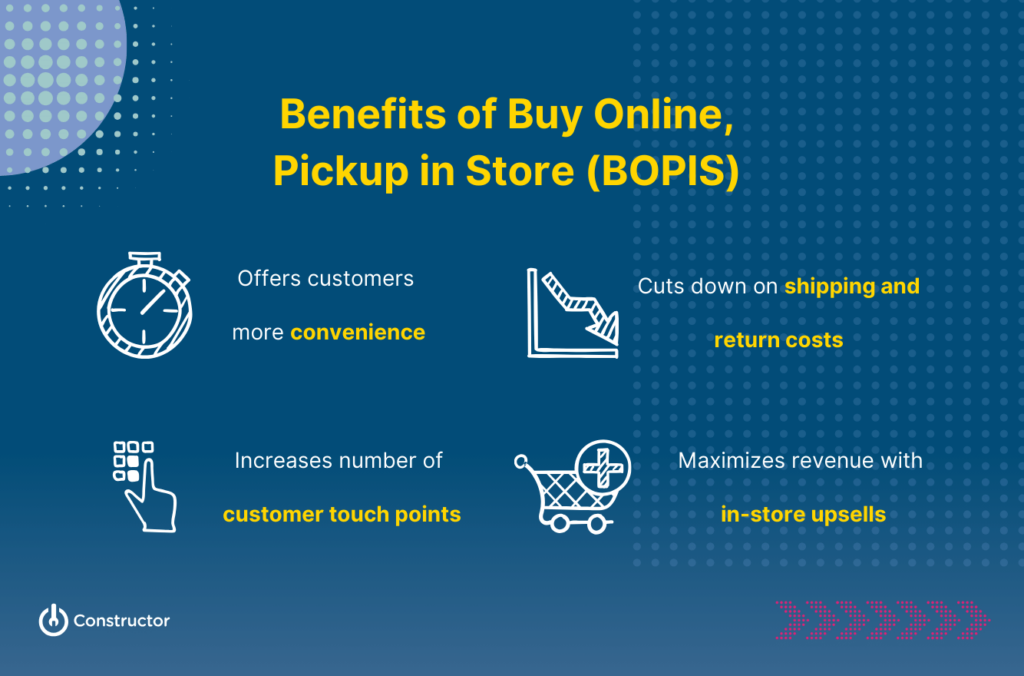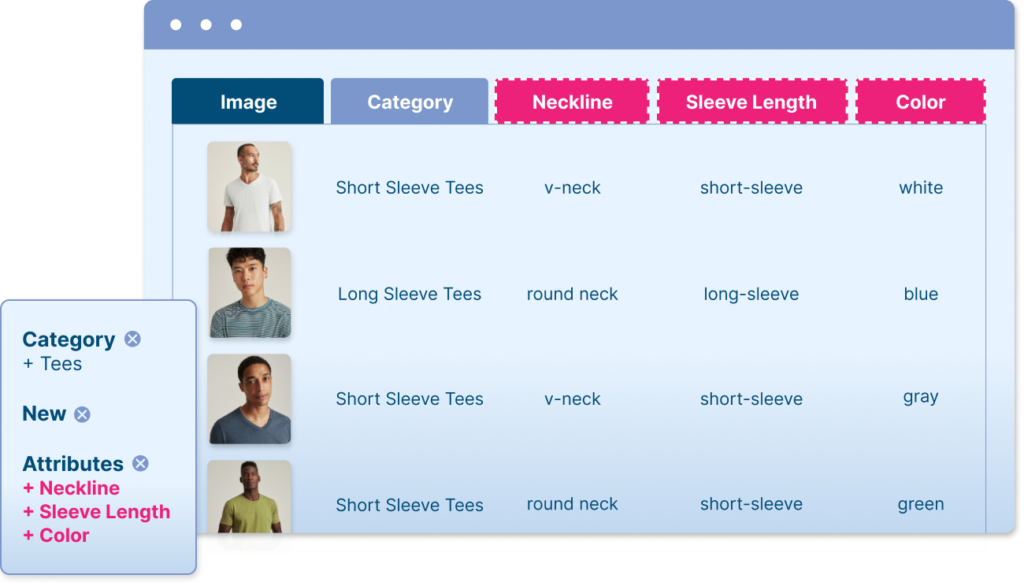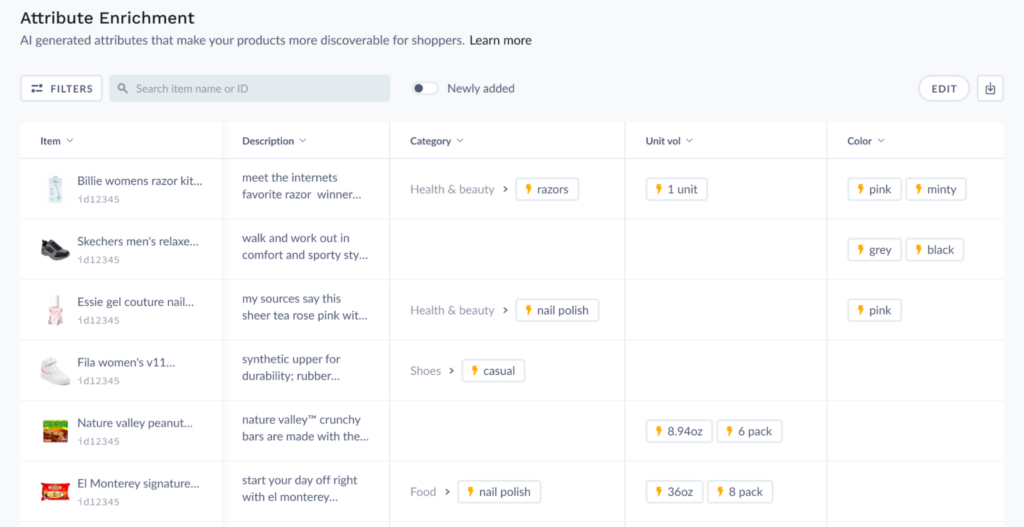Last year, rising prices across the supply chain and the threat of an economic downturn posed significant roadblocks to retailers, especially in the face of increased demand. This year, cost-conscious consumers expect retailers to offer well-planned discounts and update return policies amid ongoing inflation.
So, how can ecommerce businesses adapt their holiday planning accordingly?
In this article, we’ll discuss some strategies you can use to capture slowing customer demand and still meet business KPIs this holiday season.
5 Holiday Selling Strategies for Ecommerce
A successful holiday ecommerce sales strategy this year will include a combination of strong customer experience, smart conversion tactics, and a healthy dose of generative AI. Here are five tips and trends we’re seeing that will give responsive retailers an advantage this year.
1. Start planning for increased sales this month

Retailers must be prepared to meet consumer demands as early as September. Nearly 50% of U.S. consumers in a recent survey said they will begin shopping no later than October. And less than 14% of shoppers will wait until the last minute to start holiday shopping.
All of this is happening on top of the regular holiday pressure on all ecommerce systems — CRM, billing, supply chain, human resources, and marketing. The best way to strengthen these systems and ensure you’re ready to take on the holiday season in full force is to plan in advance.
Here are some tips to build into your holiday ecommerce strategy this season:
- Outline your holiday sales targets and key performance indicators (KPIs).
- Bring your entire team on board with the holiday vision and action plan, communicating goals and needs clearly and transparently.
- Create a robust holiday planning workflow, complete with mitigation plans if anything goes south.
- Project your sales by understanding current customer demand and studying previous holiday buying patterns. What stands to change this year with higher costs and higher prices?
- Focus on category-based sales rather than item-specific promotions as specific items might not be in stock. For example, video game stores shouldn’t promote a single brand of console if that particular item is backordered. Instead, they can promote video game consoles in general, or video game titles across console systems.
Learn more about how your product discovery vendor can also help with holiday preparations ahead of the rush.
2. Make it easier for customers to discover attractive products
Holidays are a season of intense competition, price-slashing sales, and innovative conversion-focused strategies. Everyone is fighting for the customer’s attention, which calls for more personalization and improved product discovery for retailers to stand out and achieve their holiday ecommerce sales efforts.
To streamline the online shopping experience, remove points of friction from your store’s navigational experience by only showing customers products that are relevant and attractive to them across your ecommerce site.
It’s not just us saying it. According to research, this is exactly what consumers want. Three quarters of consumers want brands to make it easy for them to navigate in-store and online. And for this holiday season specifically, 69% of consumers expect retailers to provide more personalized offers, alongside good deals and cost savings.
For instance, imagine a budget-conscious holiday shopper heads to the clearance section of your website to check out the latest tech deals for their nephew. They check out several portable speakers from the brand JBL before eventually performing a search.

With an AI-powered product discovery platform that continually learns from every single customer interaction, JBL speakers will appear in autocomplete and higher up in search results pages — thanks to the shopper’s expressed interest.
The more they interact with your site, the more clickstream data is collected. This data feeds algorithms to provide more targeted product suggestions across their entire product discovery experience. You can leverage this hyper-personalization and strategic merchandising work to drive KPIs — like inventory velocity, conversions, and average order value (AOV) — and reach your holiday revenue goal.
Plus, your ecommerce team can offload the majority of manual guesswork required to offer a more immersive experience to your audience.
3. Ensure an omnichannel presence
Now more than ever, customers want options that give them the freedom to shop however and whenever they want — think: speed, convenience, mode of shopping, and pickup.
One of the ways an omnichannel strategy can play out at scale is through hybrid experiences like Buy Online, Pickup in Store (or BOPIS), which provides a sweet spot between physical and digital shopping. For some retailers last year, BOPIS accounted for up to a quarter of all ecommerce sales.
During the holidays specifically, BOPIS offers more convenience for customers. And for retailers, it cuts down on shipping and return costs. Moreover, BOPIS increases the opportunity for in-store upsells to maximize revenue and the number of customer touch points (such as order confirmation and “ready for pickup” emails) that provide additional opportunities for promotion.

Offline data can also inform the omnichannel customer journey and power greater personalization. Loyalty cards, in-person purchases, and key demographics like age, education, and income level are all forms of offline data that can mold the customer experience.
4. Leverage generative AI to enrich product data
Product data can come from a variety of sources, like vendors, PLMs, PIMs, or even spreadsheets. Across all of these, retailers aren’t guaranteed that the data is complete nor accurate. This leaves it up to time-strapped merchandising teams to fill in the gaps before the surge of traffic hits from customers who want to get their holiday shopping done early.
With generative AI and large language models (LLMs), brands don’t have to go it alone. They can enrich product data in real-time — from attributes to categories.

This reduces manual, error-prone work for merchandising teams, giving them time to focus on more strategic initiatives. At the same time, holiday shoppers can find the perfect gifts quicker.
Have some holiday insights from past years that you want to leverage to generate even better results? The user-friendly dashboard lets you fuse your domain expertise with AI-powered suggestions for optimal business success.

5. Find ways to work around backordered items
Even though U.S. consumers expect immediate delivery of their goods this year, you can still create positive experiences for customers if you have a lot of backordered items.
First, make sure that your website is up-to-date and that product pages accurately reflect current backorder estimates. Nothing is more frustrating for a customer than to find an item that is supposedly in stock but to receive an error message at checkout.
You can then get creative with ways to delight customers while they’re waiting for backordered items to ship. Here are a few ways to add a personal touch and maintain goodwill at this time of year:
- Print exclusive “it’s on its way” cards for them to give family and friends to open at the holiday in lieu of the physical item.
- Offer incentives for waiting customers, like delayed billing until the items ship or free expedited shipping once the item does become available.
- Thank customers with a free gift or discount to use on a future purchase.
- Keep customers updated with creative status updates over email.
Winning at Holiday Ecommerce Sales Strategies
Brands that succeed this holiday season and in the foreseeable future will be the ones who can adapt to changing customer demands and specific challenges. Proper planning, personalization, an omnichannel customer experience, and generative AI together with well-targeted merchandising strategies are the key differentiators for premium retailers.
And for the companies that adopt these holiday ecommerce tips, all predictions point to their endings being happier than most.
Drive revenue this peak season with a holiday gift finder quiz.
Help buyers find the perfect products, quicker.

